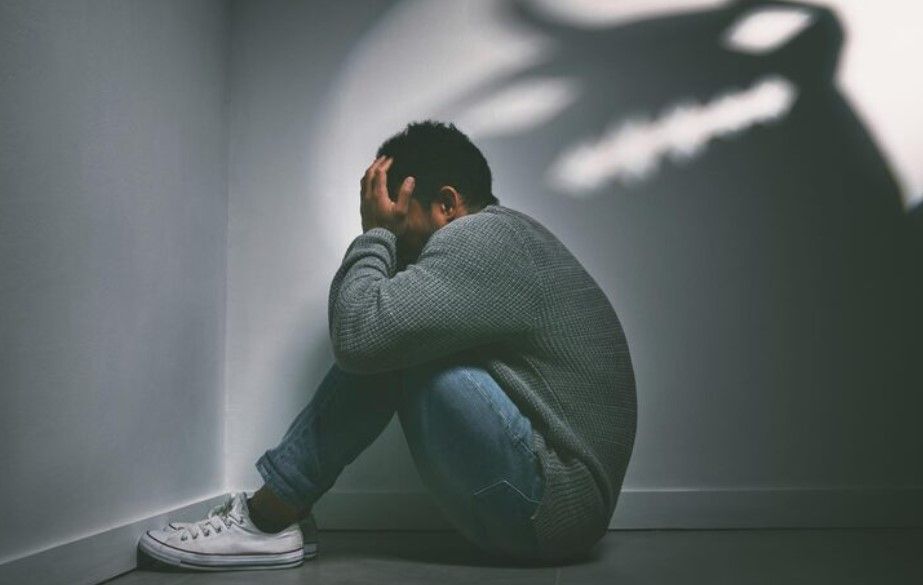Eating Disorders in 2025: A Crisis Hidden in Plain Sight
Author name
In 2025, eating disorders remain among the most misunderstood and deadly mental health conditions—affecting millions globally while often going undetected or untreated. Despite growing awareness, the societal landscape continues to fuel disordered eating through unrealistic beauty standards, digital pressures, and systemic gaps in care.

📊 The Scope of the Problem
- An estimated 30 million Americans will experience an eating disorder in their lifetime.
- Globally, 14 million people were living with an eating disorder as of 2019, including nearly 3 million children and adolescents.
- In the U.S., 10,200 deaths annually are directly attributed to eating disorders, making them among the deadliest mental illnesses.
👥 Who’s Most Affected?
- Women and girls remain disproportionately impacted, though rates among boys, men, and nonbinary individuals are rising.
- The median age of onset is 18 for anorexia and bulimia, and 21 for binge eating disorder.
- Marginalized groups, including LGBTQ+ youth and people of color, face higher risks and lower access to culturally competent care.
🧠 Comorbidities and Consequences
- Over 60% of individuals with an eating disorder also have an anxiety disorder; more than half have a mood disorder.
- Eating disorders are linked to substance use, PTSD, and self-harm, compounding their severity.
- The economic toll in the U.S. alone is estimated at $64.7 billion annually, with most costs stemming from lost productivity.
📱 The Digital Double-Edged Sword
Social media continues to play a complex role:
- Algorithm-driven content often promotes thin ideals and diet culture.
- Pro-recovery communities offer support, but harmful trends like “thinspiration” persist.
- AI-generated images and filters distort body perception, especially among teens.
💡 Emerging Solutions
In 2025, the response is evolving:
- Early intervention programs in schools and universities are helping identify at-risk youth.
- Telehealth and virtual therapy have expanded access, especially in rural or underserved areas.
- Body neutrality and anti-diet movements are shifting the narrative from appearance to well-being.
🚧 Challenges Ahead
Despite progress, barriers remain:
- Stigma and shame continue to silence those struggling.
- Underdiagnosis is common, especially in men and people of color.
- Insurance limitations and a shortage of specialized providers hinder treatment access.
Eating disorders in 2025 are not just about food—they’re about identity, control, trauma, and the societal messages we internalize. Addressing them requires more than clinical care; it demands a cultural reckoning with how we define health, beauty, and worth.
CATEGORIES

Sexual violence remains widespread, with over 50% of women and 30% of men affected. Male survivors face legal and cultural barriers, especially in patriarchal societies like the Philippines. Advocacy is shifting toward inclusive survivor support, consent education, and trauma-informed justice systems.

PTSD affects millions, with 70% of people experiencing trauma in their lifetime. Treatments like CBT, EMDR, and VR exposure therapy show promise, with response rates up to 85%. APA guidelines now emphasize contextualized care and symptom diversity. Psychedelic-assisted therapy is gaining traction in clinical trials.

Sexual violence remains widespread, with over 50% of women and 30% of men affected. Male survivors face legal and cultural barriers, especially in patriarchal societies like the Philippines. Advocacy is shifting toward inclusive survivor support, consent education, and trauma-informed justice systems.

PTSD affects millions, with 70% of people experiencing trauma in their lifetime. Treatments like CBT, EMDR, and VR exposure therapy show promise, with response rates up to 85%. APA guidelines now emphasize contextualized care and symptom diversity. Psychedelic-assisted therapy is gaining traction in clinical trials.

Physical abuse remains pervasive, especially among elderly and women in intimate relationships. In the Philippines, 17.5% of women aged 15–49 report violence from partners. Legal frameworks are evolving, but cultural stigma and underreporting hinder justice. Advocacy focuses on intersectional approaches and trauma-informed law enforcement.

With over 280 million affected, depression remains a leading cause of disability worldwide. Suicide rates are rising, especially among underserved populations. Innovations include AI-enhanced diagnostics, peer-led support models, and psychedelic-assisted therapy trials. The urgency for systemic reform and funding is louder than ever.

Therapy is more flexible, inclusive, and tech-enabled than ever. Virtual platforms are mainstream, and early intervention for youth is a global priority. Counselors now integrate creative modalities, cultural sensitivity, and trauma-informed care. The APA highlights political shifts and systemic reform as key influences on the field.

Anxiety disorders remain the most common mental health condition globally, affecting over 300 million people. Gen Z leads the charge for transparency and access, but care gaps persist. Trends include mindful tech, radical stability, and community-based interventions. Sleep optimization and digital detoxing are emerging self-care strategies.

Anger is no longer seen as a personal flaw—it’s a public health concern tied to cardiovascular risk, substance abuse, and violence. With rising workplace aggression and online hostility, 2025 emphasizes emotional regulation training, restorative justice, and trauma-informed conflict resolution. New research links gut health and exercise to mood stabilization.



